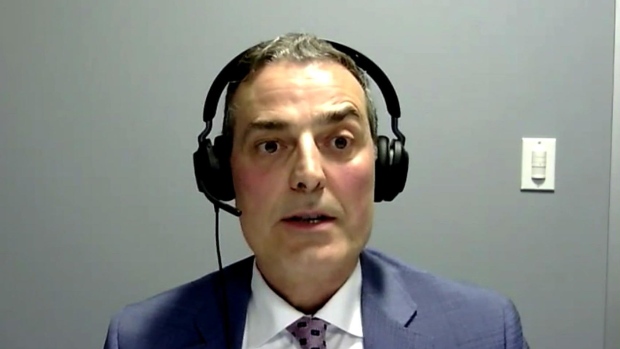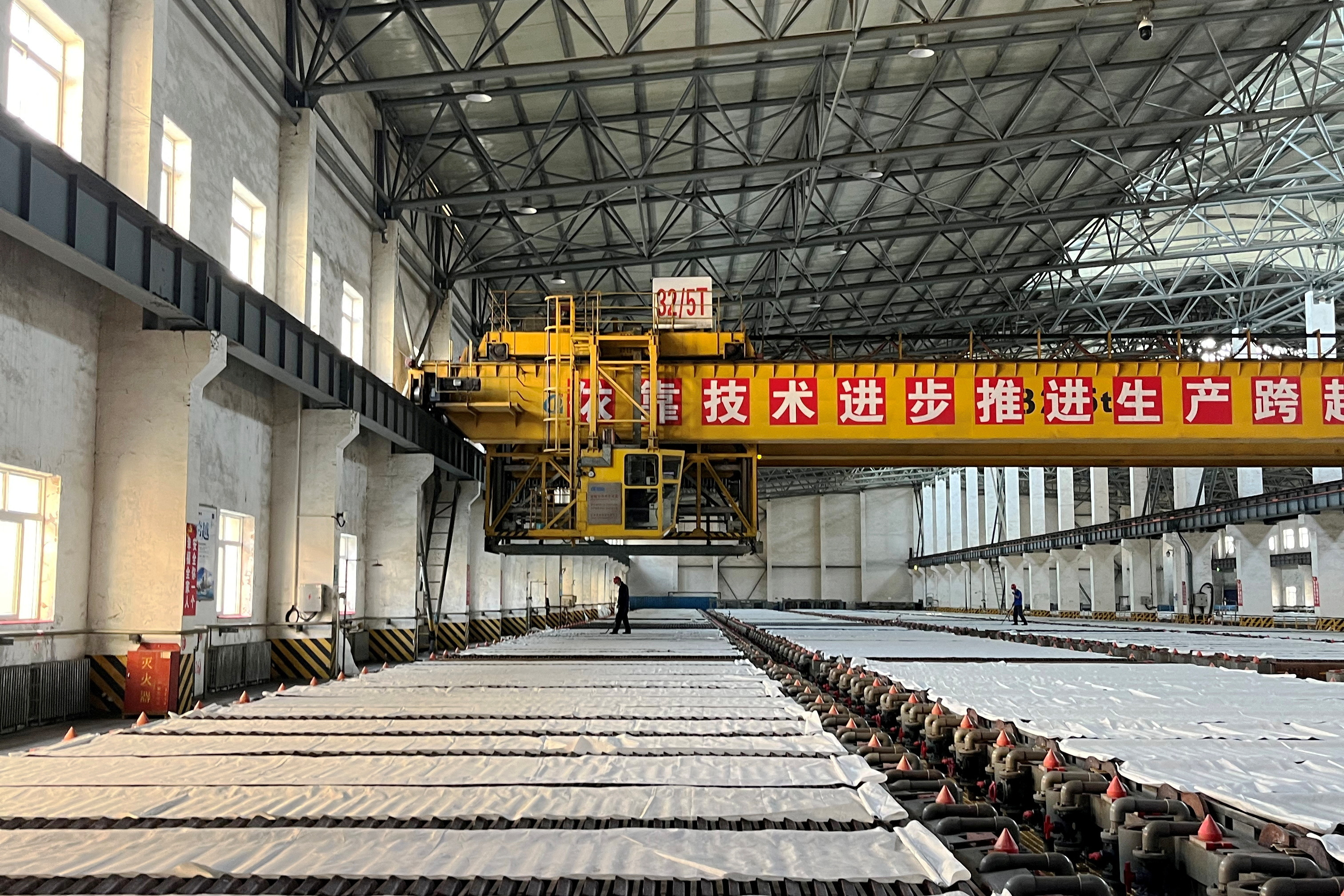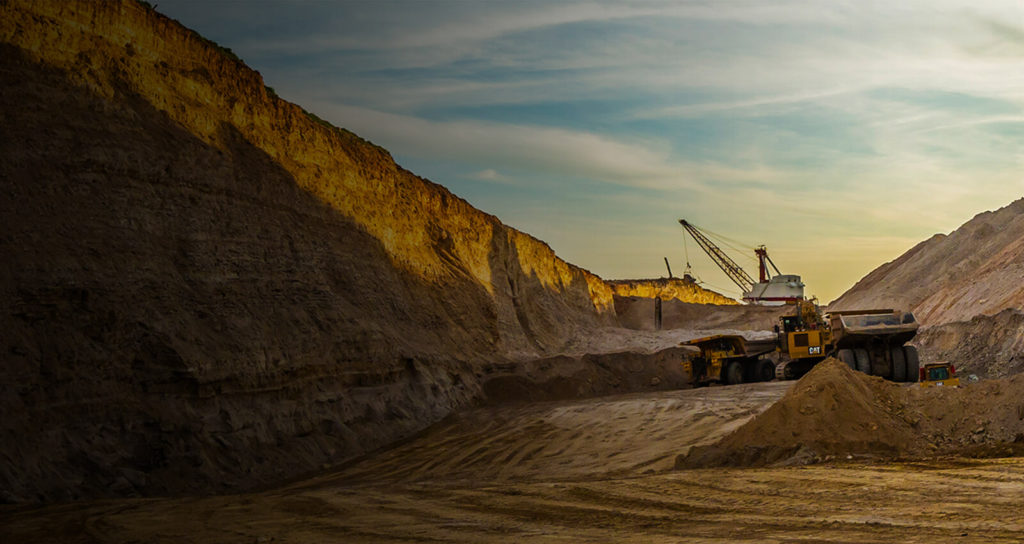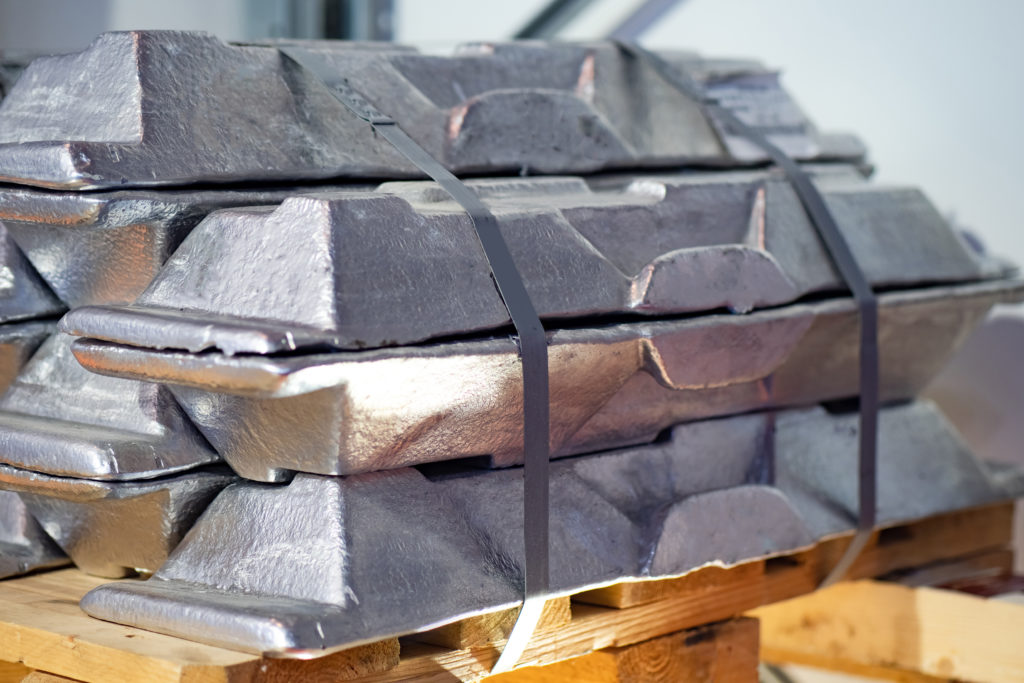Column: Smelter charges collapse as zinc mine supply falters
Reuters | April 9, 2024 |
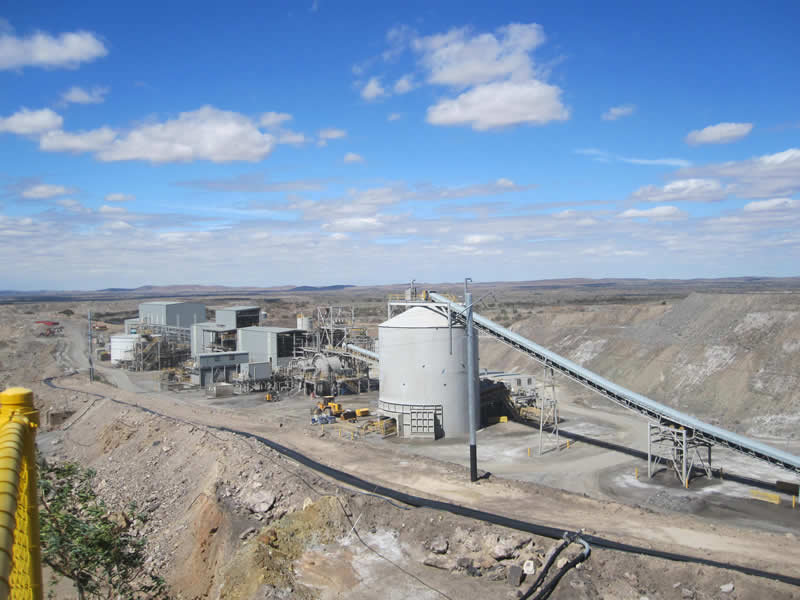
Rasp mine, Australia. Credit: Toho Zinc
Benchmark zinc smelter treatment charges have fallen sharply this year, attesting to a tightening of the mine supply chain.

Canadian miner Teck Resources has agreed to pay Korea Zinc $165 per metric ton to convert its zinc concentrate into refined metal, down from the $274 covering last year’s shipments.

The annual terms negotiated by the two companies have in recent years been the benchmark for the rest of the industry.
Treatment charges rise during times of raw material surplus and slide during periods of shortfall.
Last year’s numbers were high because of a smelter bottleneck and resulting glut of mined concentrate in 2022. This year’s low outcome says much about how zinc’s supply dynamics have changed in the intervening 12 months.
A string of mine closures, many of them due to the weak price environment, has tightened concentrate availability with significant implications for the refined metal market.

Benchmark zinc smelter treatment charges
Falling mine production
London Metal Exchange (LME) zinc went from boom to bust over the course of 2022 and early 2023, the three-month price collapsing from an all-time high of $4,896 per ton in March 2022 to a three-year low of $2,215 in May 2023.
The price implosion caused several higher-cost mines to close, most notably Boliden’s Tara mine in Ireland, Nyrstar’s Middle Tennessee operations and Toho Zinc’s Rasp mine in Australia.
The lengthening tally of casualties caused global mined output of zinc to contract by 1.4% year-on-year in 2023, according to the International Lead and Zinc Study Group (ILZSG). It was the second consecutive year of decline after a 2.6% drop in 2022.
This year may not turn out much better.
A November fire at the Ozernoy mine in Russia has delayed commissioning of what was expected to one of the biggest additions to global production this year.
Ozernoy, capable of producing 350,000 tons of contained zinc every year, now seems unlikely to restart processing ore into concentrates until the fourth quarter of this year.
When ILZSG last met in October for its biannual meeting, the Group forecast a robust 3.9% year-on-year increase in mined output this year. That’s starting to look optimistic and may be subject to revision when the Group holds its spring 2024 meeting.

Global zinc mine and refined production year/year change
Smelter recovery
While mine supply has continued sliding, global smelter production has bounced back strongly since 2022.
The main driver of higher smelter output has been China, where producers cranked up refined metal production to 6.6 million tons in 2023, a year-on-year increase of 10.9%, according to local data provider Shanghai Metal Market.
That collective performance helped global output recover by 3.8% last year after a similar-sized dip in 2022.
True, there are still Western smelters struggling with high energy prices, such as Nyrstar’s Budel plant in the Netherlands which closed in January.
But conversely, the Nordenham smelter in Germany has been ramping up after a year of being on care and maintenance.
It’s the gap between weak global mine performance and resurgent smelter demand for concentrates that explains the sharp drop in the annual benchmark treatment charge.
Spot terms have fallen further as smelters scramble for material. Price reporting agency Fastmarkets assesses those for concentrate delivered to Chinese ports at $50-80 per ton.
Metal glut
The developing tightness in the zinc raw materials part of the production chain isn’t yet having any discernible impact on the refined metal balance.
Zinc remains the laggard of the LME pack even as improving macroeconomic sentiment lifts the base metals complex. Currently trading around $2,700 per ton, LME three-month metal is up by just 3.0% on the start of the year, compared with copper’s 10% gains.
The metal’s usage in the form of galvanised steel means it is heavily exposed to the construction sector, a particularly weak part of the economy in both China and the rest of the world.
With smelting activity rising over the last 12 months, there is no shortage of refined zinc.
LME stocks recovered from a depleted 27,750 tons to 223,225 tons over the course of 2023. They have risen by another 37,000 tons so far this year thanks to sporadic bursts of warranting activity.
LME time-spreads suggest there may be more surplus metal hovering over the market.
The benchmark cash-to-three-months period has moved into super-contango territory, widening to over $50 per ton last month. The contango contracted to $38 at the Monday close but is still wider than anything seen since 2012-2013.
Twist in the zinc plot
The analyst consensus coming into this year was that zinc was on course to register a second year of significant supply surplus.
ILZSG forecast a massive 367,000-ton global glut when it met in October. The median expectation in the Reuters January poll of base metal analysts was for a 300,000-ton surplus. Not one of the 11 analysts offering a supply-demand balance forecast expected anything other than too much metal.
Such is the tightening in the zinc concentrates segment of the market, however, that expectations are being adjusted.
Analysts at Macquarie Bank, for example, are now projecting a small 61,000-ton supply deficit over the year.
“Given the very tight concentrates market, we have reduced our global refined production forecast to -0.4% this year,” the bank said in its March quarterly “Commodities Compendium”.
Western production is expected to remain challenged and Chinese production growth is likely to brake sharply to just 0.5% due to a lack of feed.
Several Chinese smelters have already brought forward maintenance or trimmed run-rates in reaction to the margin compression caused by low treatment fees, which account for around 40% of a typical smelter’s profits, according to Macquarie.
The bank expects a return to surplus next year but it could be a bumpy price ride since this year’s zinc narrative has already taken a very unexpected turn.
(The opinions expressed here are those of the author, Andy Home, a columnist for Reuters.)
(Editing by Kim Coghill)
